In this article, you will discover a comprehensive guide on how to create your very own emergency preparedness kit, step by step. By following these easy instructions, you will be equipped with all the necessary supplies and resources to navigate through any unexpected emergency situation. From food and water supplies to first aid essentials and important documents, this guide will ensure that you are well-prepared for any kind of emergency that may come your way. Don’t wait until it’s too late, take charge of your safety and create your emergency preparedness kit today.
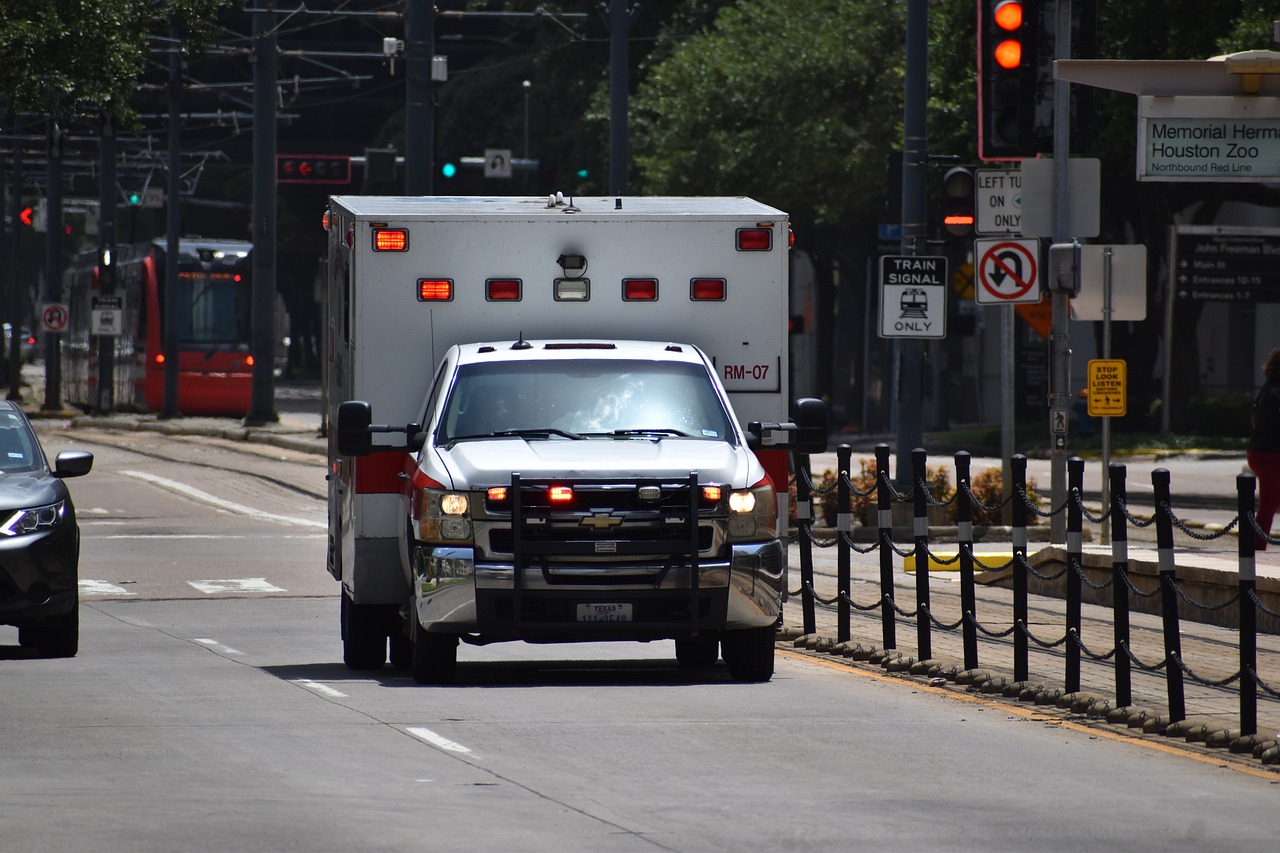
Gather Essential Documents
Identification Documents
When creating your emergency preparedness kit, it’s important to gather all your essential documents. Start with your identification documents such as your driver’s license, passport, and any other government-issued identification cards. These documents are crucial in proving your identity and verifying your personal information in emergency situations.
Insurance Policies
Next, make sure to include copies of your insurance policies in your emergency kit. This includes health insurance, car insurance, and any other important coverage documents. In times of crisis, having access to your insurance policies can help ensure a smooth process when filing claims and seeking assistance.
Medical Records
Another critical set of documents to include in your emergency preparedness kit is your medical records. This includes copies of your medical history, vaccination records, and any prescription medications you currently take. Having these documents readily available can be invaluable in the event of an emergency, especially if you require medical attention or have any specific health needs.
Emergency Contact Information
Lastly, don’t forget to include a list of emergency contact information in your kit. This should include the contact details of close family members, friends, and any other trusted individuals who should be notified in case of an emergency. Make sure to update this list regularly and inform the listed contacts that they are your designated emergency contacts.
By gathering these essential documents, you can be better prepared to handle any emergency situation that may arise.
Assemble Basic Supplies
Water
Water is a vital component of any emergency preparedness kit. Aim to include at least one gallon of water per person per day, and make sure to have enough for each family member and pet. Bear in mind that water should be stored in sturdy, sealed containers and replaced every six months to ensure freshness.
Non-perishable Food
In times of crisis, access to fresh food may become limited. That’s why it’s important to include non-perishable food items in your emergency kit. Stock up on items such as canned goods, energy bars, dried fruits, and nuts. Consider dietary restrictions and preferences when selecting your food items, and remember to check expiration dates regularly and replace them as needed.
First Aid Kit
Having a well-stocked first aid kit is essential in any emergency situation. Make sure your kit includes bandages, adhesive tape, antiseptic wipes, pain relievers, scissors, tweezers, and any other necessary medical supplies. Familiarize yourself with the contents of your kit and how to use them properly. Consider taking a first aid and CPR course to enhance your knowledge and skills.
Flashlight and Batteries
A reliable light source is crucial during a power outage or any emergency situation that causes darkness. Include a flashlight in your emergency kit along with extra batteries. Opt for LED flashlights as they are energy-efficient and provide long-lasting illumination. Check the batteries periodically and replace them as needed to ensure they are always ready for use.
Whistle
A whistle may seem like a small item, but it can be a lifesaver in certain situations. If you find yourself in need of help and unable to shout for assistance, a whistle can attract attention and alert others to your presence. Keep a whistle in your emergency kit and teach all family members how to use it properly.
Dust Masks
In the event of a natural disaster or emergency situation that causes dust or debris in the air, it’s important to have dust masks on hand. These masks help filter out harmful particles and protect your respiratory system. Include enough masks for each family member in your kit, and make sure to choose masks that are approved for personal protection.
Sanitation Supplies
Maintaining proper hygiene is crucial, especially in emergency situations. Include sanitation supplies such as hand sanitizer, wet wipes, tissues, and garbage bags in your emergency kit. These items can help keep you and your family clean and prevent the spread of germs and bacteria.
Copies of Important Documents
Alongside your essential identification and insurance documents, make copies of other important documents that may be needed in emergency situations. This includes birth certificates, social security cards, marriage certificates, and any legal documents you may have. Store these copies in a waterproof container within your emergency kit to ensure they remain intact and accessible when needed.
By assembling these basic supplies, you’ll be equipped to navigate various emergency situations and ensure the safety and well-being of yourself and your family.
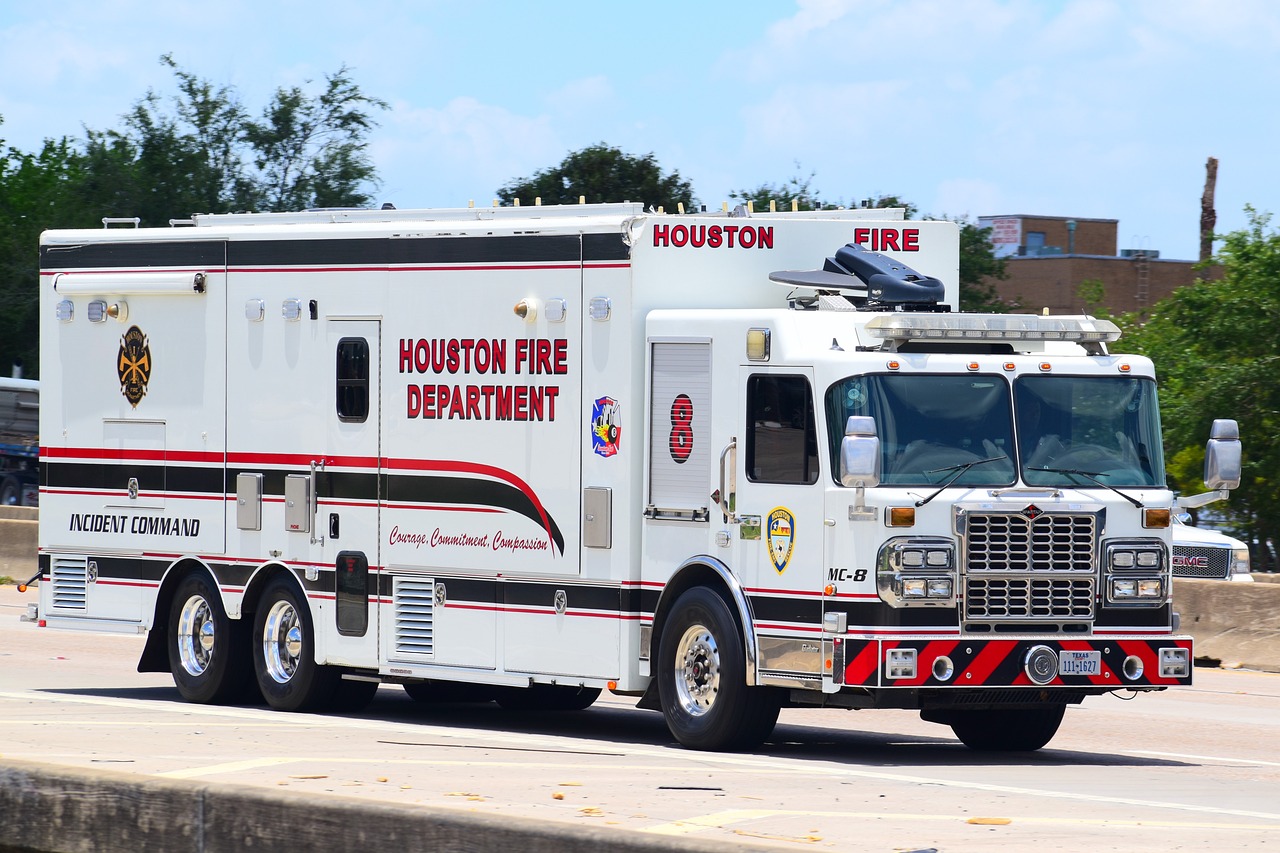
Include Special Items
Medications and Medical Supplies
For individuals who require regular medication, ensuring a sufficient supply in your emergency kit is vital. Make sure to include at least a two-week supply of prescription medications and any over-the-counter medications you may need. Replace these medications periodically to maintain their effectiveness and prevent expiration.
Additionally, include any necessary medical supplies such as adhesive bandages, disposable gloves, thermometers, and any other items specific to your healthcare needs. Be aware of any medications or supplies that may require refrigeration and plan accordingly.
Baby Supplies
If you have infants or young children, it’s essential to include specific items catered to their needs in your emergency kit. Stock up on diapers, formula, baby food, bottles, and any other necessary supplies. Consider including comfort items such as a favorite blanket or stuffed animal to help soothe your child during stressful times.
Pet Supplies
Don’t forget about your furry friends when preparing your emergency kit. Make sure to include enough food, water, medication, and any other supplies your pets may require. Have their vaccination records and identification tags readily available, and consider including comfort items such as their favorite toys or bedding.
Extra Set of Car Keys and House Keys
In emergency situations, you may need to evacuate quickly or secure your property. Having an extra set of car keys and house keys in your emergency kit ensures you can access these important locations without delay. Store these keys in a secure and easily accessible compartment within your kit.
Cash and Coins
While electronic payment methods are prevalent in our daily lives, during emergencies, access to cash may be crucial. Include a reasonable amount of cash in small denominations in your emergency kit. This money can be used for purchasing essential items, paying for transportation, or covering any unforeseen expenses during the crisis. Additionally, include a small amount of coins for access to vending machines or other coin-operated services.
Emergency Blanket
In situations where warmth is limited, an emergency blanket can be a lifesaver. These lightweight, compact blankets are designed to retain body heat and provide insulation. They are often made of materials such as Mylar and can be easily folded or rolled to fit in your emergency kit. Make sure to have an emergency blanket for each family member to ensure everyone stays warm and comfortable.
By including these special items in your emergency kit, you’ll be prepared to meet the specific needs of yourself, your family, and your beloved pets during times of crisis.
Prepare for Communication
Battery-Powered or Hand-Crank Radio
During emergencies, access to information is crucial in making informed decisions and staying up to date with the situation. A battery-powered or hand-crank radio allows you to receive news and emergency broadcasts, even if the power is out. Make sure to include extra batteries or a hand-crank radio that does not require batteries. Familiarize yourself with the radio’s operation to ensure you can use it effectively when needed.
Cell Phone with Chargers and Backup Batteries
In today’s interconnected world, our cell phones serve as a vital communication tool in emergencies. Make sure to include your cell phone in your emergency kit, along with chargers and backup batteries. Consider investing in a portable power bank that can charge multiple devices. Regularly check and recharge the batteries to ensure they are always ready for use.
Emergency Contact List
Create a comprehensive emergency contact list and include it in your kit. This should include the phone numbers and addresses of loved ones, friends, neighbors, healthcare providers, and any other individuals you may need to contact during an emergency. Keep this list updated, and make sure all family members are aware of its existence and location within the kit.
Whistle or Signaling Device
In situations where verbal communication may be challenging or impossible, a whistle or signaling device can be an effective means of attracting attention. Attach a whistle or signaling device to your emergency kit or keep it easily accessible in your pocket. Teach family members how to use the whistle properly and establish a distinct signal to indicate distress.
By preparing for communication in your emergency kit, you can ensure that you are aware of the latest information and maintain contact with your loved ones during challenging times.
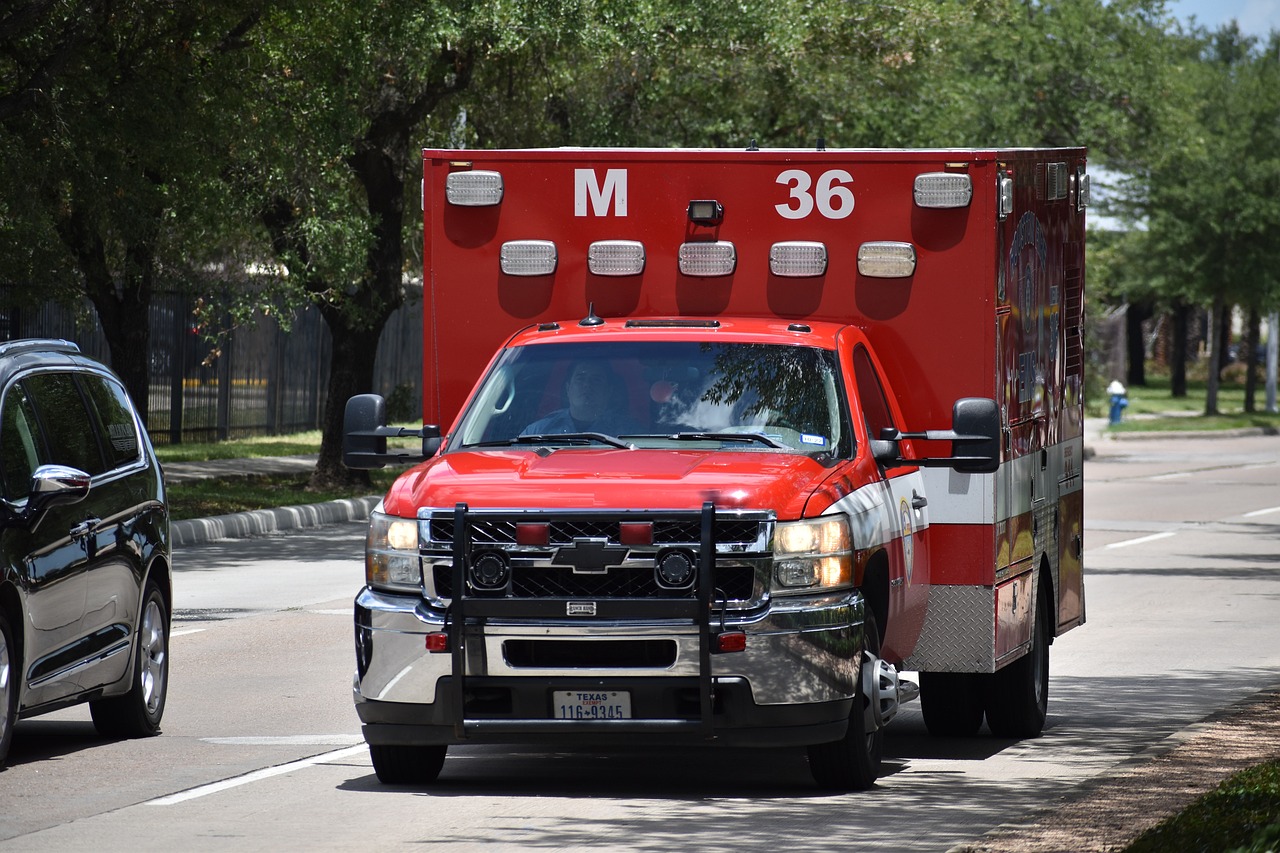
Personalize Your Kit
Extra Clothing and Shoes
Including extra clothing and shoes in your emergency kit can provide comfort and ensure you are appropriately dressed for various weather conditions. Pack sturdy, comfortable clothing suitable for the climate in your area. Include extra socks, underwear, and layers such as jackets or sweaters. Don’t forget to consider the needs of all family members, including infants and young children.
Rain Gear
Weather conditions during emergencies can be unpredictable, so it’s essential to pack rain gear in your emergency kit. Include ponchos, raincoats, or waterproof jackets to protect yourself and your family from getting wet and cold. Add waterproof boots or extra pairs of shoes that can withstand wet conditions.
Sleeping Bags or Blankets
In situations where temporary shelter is necessary, having sleeping bags or blankets in your emergency kit is vital. Choose lightweight and compact options that provide warmth and insulation. Alternatively, pack small-sized thermal blankets that retain body heat. Consider the number of family members and include enough sleeping bags or blankets for everyone.
Personal Hygiene Items
Maintaining personal hygiene not only promotes comfort but also helps prevent the spread of germs and infections. Include personal hygiene items such as toothbrushes, toothpaste, soap, shampoo, toilet paper, wet wipes, and menstrual products. Additionally, pack hand sanitizer and disinfectant wipes to help maintain cleanliness during challenging situations.
Entertainment Items (Books, Games, etc.)
During extended periods of waiting or displacement, having entertainment items can provide a sense of normalcy and relieve stress. Include books, puzzles, playing cards, or other small games suitable for all family members. These items can help pass the time and provide a much-needed distraction during emergencies.
By personalizing your emergency kit, you’ll have essential items tailored to the specific needs and preferences of your family, ensuring comfort and a sense of familiarity in uncertain times.
Stay Informed
Weather Radio
A weather radio is a valuable tool for staying informed about severe weather conditions and other impending dangers, especially when regular communication channels may be disrupted. Look for a weather radio that offers NOAA weather alerts and consider one that is battery-powered or hand-cranked. Familiarize yourself with how to operate the radio and program it to receive alerts specific to your area.
Emergency Alerts and Notifications
Register for emergency alerts and notifications through local authorities, emergency management systems, or smartphone apps that provide real-time updates. These alerts can inform you about imminent threats, evacuation orders, and other critical information. Stay vigilant and promptly heed any warnings or instructions received through these channels.
Emergency App
Smartphone apps specifically designed for emergencies can be incredibly helpful in various situations. Look for apps that provide emergency preparedness information, disaster tracking, emergency contact information, and first aid instructions. Make sure to download and explore the functionality of these apps before an emergency occurs, so you are familiar with how they work.
By staying informed through weather radios, emergency alerts, and relevant smartphone apps, you’ll have access to crucial information that can guide your actions and ensure your safety during emergencies.
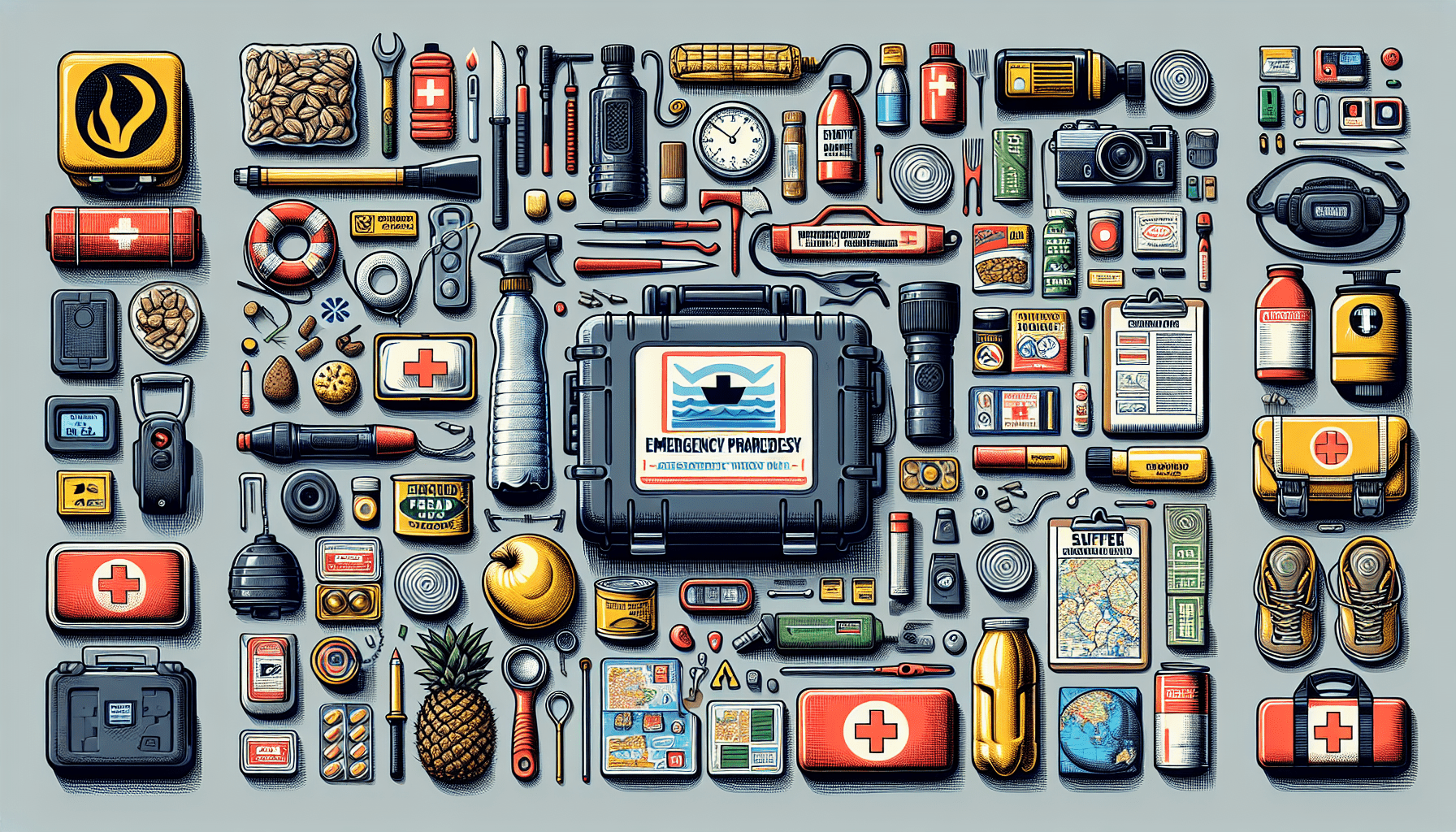
Check and Update Regularly
Review Expiration Dates
Periodically review and update the items in your emergency kit, paying close attention to expiration dates. Check the expiration dates on food, medication, batteries, and any other perishable items. Replace expired items immediately to ensure the effectiveness and reliability of your emergency supplies.
Rotate Perishable Items
Certain items in your emergency kit, such as water and food, have a limited shelf life. To maintain freshness and quality, rotate these perishable items regularly. Replace stored water every six months and replace non-perishable food items annually or as soon as they approach their expiration dates. Don’t forget to restock any items you may have used from your kit.
Update Contact Information
As circumstances change, it’s essential to update your emergency contact information. Review the contact list in your kit regularly and make any necessary changes. Ensure that the phone numbers, addresses, and email addresses for your emergency contacts are accurate and up to date. Inform all family members of any updates in the contact list.
Replace Batteries
Batteries are a crucial component of many items in your emergency kit, such as flashlights, radios, and portable chargers. Regularly check the condition of the batteries and replace them as needed. Consider storing extra batteries separately from the devices to prevent corrosion and ensure their functionality when you need them most.
By conducting regular checks and updates to your emergency kit, you can maintain its readiness and ensure that all items are in proper working condition when an emergency occurs.
Consider Local Needs
Climate-Specific Items
Every region has its unique climate and potential natural disasters. Consider the specific weather patterns and climate-related risks in your area when preparing your emergency kit. For example, if you live in an area prone to extreme heat, include sunscreen, hats, and lightweight clothing. If you live in a cold climate, pack extra blankets, gloves, and thermal clothing. Tailor your kit to address the specific challenges posed by your local environment.
Earthquake Preparedness
If you live in an earthquake-prone area, it’s essential to include specific items in your emergency kit that can help minimize injuries and maximize your safety during and after an earthquake. Consider adding items such as sturdy shoes, hard hats, gloves, and a battery-operated or hand-cranked emergency beacon. Familiarize yourself with earthquake safety procedures and practice “Drop, Cover, and Hold On” drills with your family.
Tornado or Hurricane Preparedness
For regions susceptible to tornadoes or hurricanes, it’s crucial to have additional items in your emergency kit to ensure your safety during these specific types of storms. Include a NOAA weather radio, extra batteries, waterproof bags, and a whistle to attract attention if needed. It’s also important to have a plan in place for evacuation and to secure your property adequately.
Tailoring your emergency kit to meet the local needs and anticipated risks in your area enhances your readiness and improves your chances of effectively responding to emergency situations.
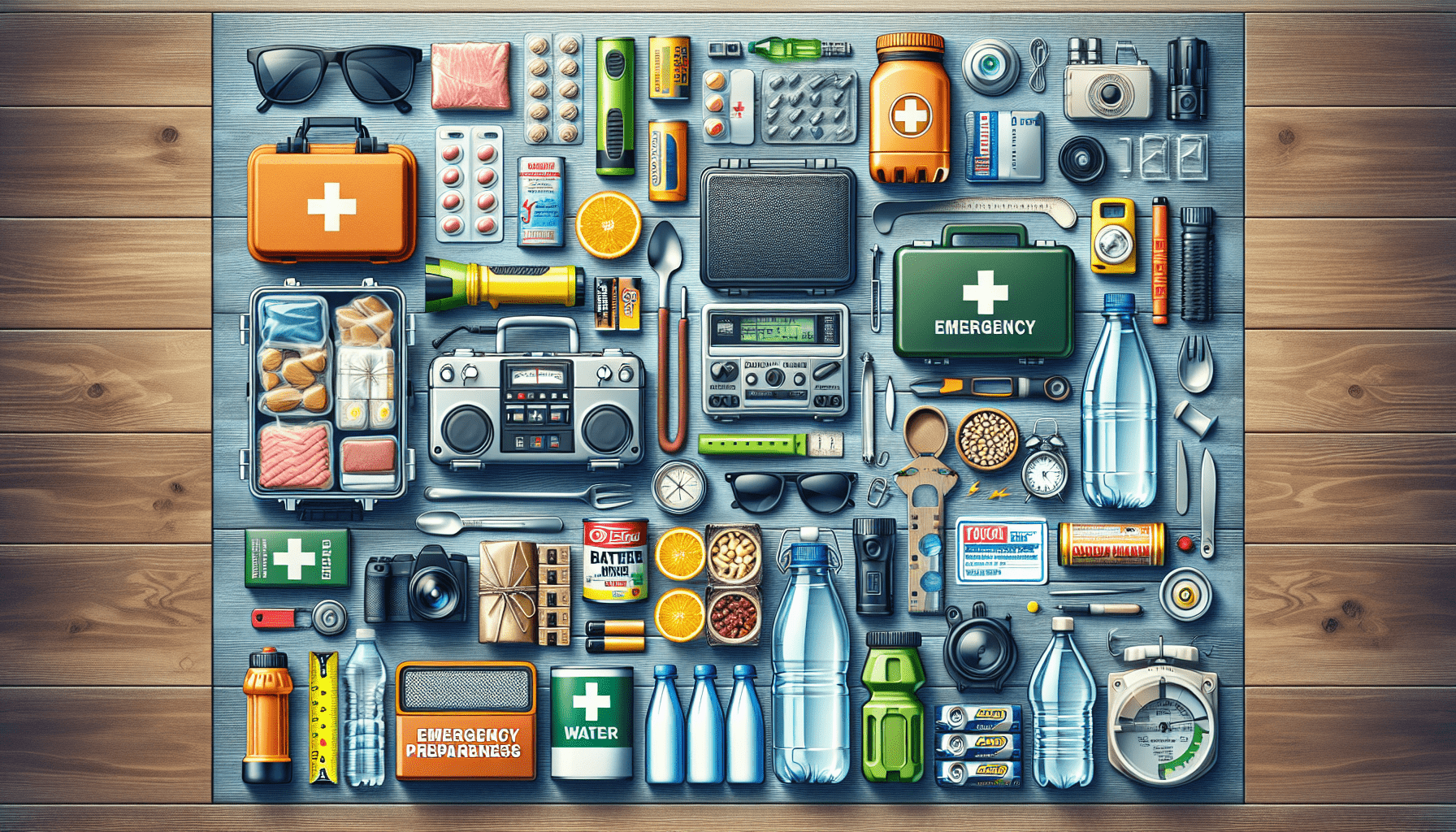
Store Your Kit Appropriately
Place in a Designated, Easily Accessible Location
Choose a designated location for storing your emergency kit that is easily accessible to all family members. Ideally, this location should be on the ground floor and away from hazards such as windows or heavy furniture that could impede access during an emergency. Make sure all family members are aware of the location and can retrieve the kit quickly if necessary.
Keep in a Waterproof and Sturdy Container
To protect your emergency supplies from water damage and ensure their integrity over time, store them in a waterproof and sturdy container. Consider using plastic storage bins with secure lids or specialized waterproof bags. Additionally, label the container clearly as your “Emergency Kit” for easy identification.
Protect from Extreme Temperatures
Many items in your emergency kit can be affected by extreme temperatures. Keep your kit away from areas that experience severe temperature fluctuations, such as attics, garages, or basements. Aim to store your emergency supplies in a cool, dry location to maintain their effectiveness and prolong their shelf life.
Secure in Case of Evacuation
In certain emergency situations, you may need to evacuate your home quickly. To ensure that your emergency supplies are not inadvertently left behind, consider attaching a strap or handle to your kit for easy transportation. Additionally, pack a small duffel bag or backpack that can quickly hold your essential items if you need to leave your home in haste.
By storing your emergency kit appropriately, you can ensure quick and easy access to your supplies, protect them from potential damage, and be prepared for potential evacuation scenarios.
Train and Educate Yourself
Learn First Aid and CPR
Knowledge of first aid and CPR can be invaluable during emergencies, enabling you to provide immediate care to injured individuals until professional help arrives. Consider taking a first aid and CPR course offered by reputable organizations such as the American Red Cross or the American Heart Association. These courses provide hands-on training and equip you with life-saving skills.
Familiarize with Emergency Procedures
Familiarize yourself and your family members with emergency procedures specific to your area. Understand the evacuation routes, designated shelter locations, and any community-specific protocols. Practice evacuation drills regularly, especially if you have young children, to ensure everyone is prepared and familiar with the necessary steps in case of an emergency.
Stay Updated on Local Emergency Plans
Local authorities often develop and update emergency plans tailored to the specific risks and needs of your area. Stay informed about these plans by regularly checking for updates on the websites of your local government, emergency management agencies, and other relevant sources. Be aware of any changes or instructions communicated through official channels and take necessary actions accordingly.
By actively training and educating yourself, you can enhance your ability to respond to emergencies, protect yourself and others, and contribute effectively to the overall safety of your community.
In conclusion, creating your emergency preparedness kit is a vital step in safeguarding yourself, your loved ones, and your pets during times of crisis. By following the step-by-step instructions outlined in this comprehensive article, you can gather the essential documents, assemble the basic supplies, include special items catered to your specific needs, prepare for communication, personalize your kit, stay informed, regularly check and update your supplies, consider local needs, store your kit appropriately, and train yourself in essential emergency skills. Remember, preparation is key, and having a well-equipped emergency kit can make a significant difference in your safety and well-being when faced with unforeseen circumstances.
